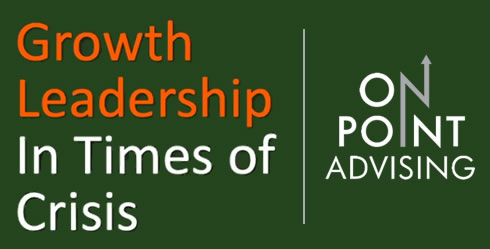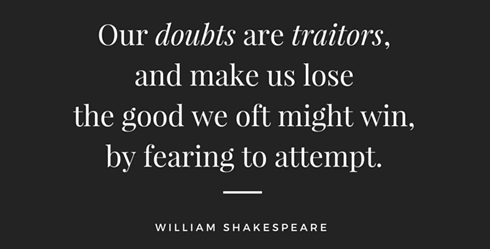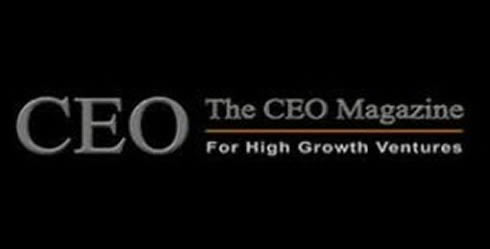By Alexandra Brown/Career Minds
The next decade is paced to be one of significant change in terms of leadership development. The “silver tsunami,” or the mass exodus of baby boomers from the workforce, will result in over ten thousand retirements each day. The boomers have remained in the workforce longer than previous generations, resulting in a lack of leadership development opportunities for less tenured workers. The vacancies in upper management and the C-Suite left in the wake of the silver tsunami will reveal a dramatic skills gap in leadership preparedness and ability. Organizations will have to prepare for the transition through succession planning and begin to implement structured leadership development programs.
Many recent studies tout the importance of leadership development, and it is clear that an organization’s leaders have a huge impact on its overall success in the long run. In our research, we have found two outstanding facts that explain the significance of proper leadership for an organization:
1) Effective leadership is the second most important reason for employee satisfaction at work.
2) Leadership development has been shown to make a bigger impact on an organization than that of the organization’s overall culture.
Human resources departments should be leading the research on the various leadership development resources available to their organization, and programs aspects to consider should include mentoring, job rotation, workshops, and online virtual coaching. It is important that the correct program is selected while keeping the organization’s objectives in mind, as well as to have a plan to determine the return on investment over time. The infographic below provides instructions and a real life example of how to calculate the ROI of your organization’s leadership development program.




























